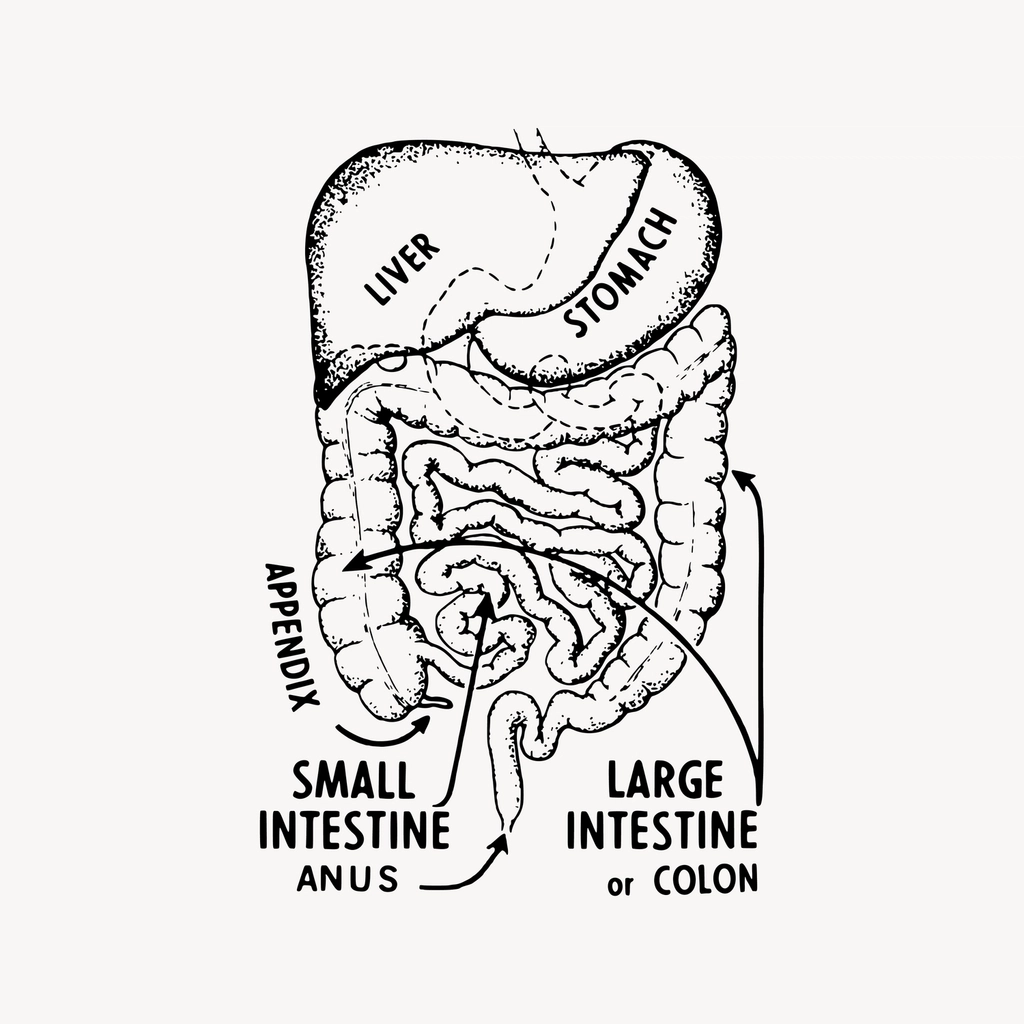Small Intestine and its Functions
Introduction
“Discover the small intestine and its functions, anatomy and role in digestion. Learn how it absorbs nutrients, supports immunity, and tips for maintaining its health.”
The Small Intestine: Anatomy, Functions, and Its Crucial Role in Digestion
The small intestine, often overlooked but critically important, is a key player in the digestive system. This coiled tube is where most of the digestion and absorption of nutrients occur, making it indispensable for maintaining overall health. In this post, we’ll dive into the anatomy, functions, and significance of the small intestine.
Students are also studying – THE ANATOMY AND PHILOLOGY OF FARM ANIMALS
See Also – FUNCTIONS OF THE LARGE INTESTINE AND ITS ANATOMY
What is Small Intestine
The small intestine is a long, coiled part of the digestive system where most digestion and nutrient absorption occur. It breaks down food using enzymes and absorbs nutrients into the bloodstream.

Anatomy of the Small Intestine
The small intestine is a long, narrow, and coiled tube located in the abdominal cavity. It measures about 6-7 meters (20-23 feet) in length, making it the longest part of the digestive tract. Despite its name, it is called “small” due to its smaller diameter (2.5-3 cm) compared to the large intestine. The small intestine is divided into three distinct parts:
- Duodenum: The first section, about 25-30 cm (10-12 inches) long, receives partially digested food (chyme) from the stomach. It also receives bile from the liver and pancreatic enzymes, which are essential for digestion.
- Jejunum: The middle section, about 2-2.5 meters (6.5-8 feet) long, is where most nutrient absorption takes place.
- Ileum: The final and longest section, about 3-4 meters (10-13 feet) long, absorbs remaining nutrients, including vitamin B12 and bile salts, before connecting to the large intestine. The inner surface of the small intestine is covered with tiny finger-like projections called villi and even smaller structures called microvilli, collectively forming the brush border. These structures dramatically increase the surface area for nutrient absorption.
Functions of the Small Intestine
The small intestine performs several essential functions to ensure proper digestion and nutrient absorption:
1. Digestion of Food: The small intestine is the primary site for breaking down food into smaller, absorbable molecules. This is achieved through the action of:
- Enzymes: Pancreatic enzymes (like amylase, lipase, and proteases) and brush border enzymes (like lactase and maltase) help digest carbohydrates, proteins, and fats.
- Bile: Produced by the liver and stored in the gallbladder, bile emulsifies fats, making them easier to digest.
2. Nutrient Absorption: The main role of the small intestine is to absorb nutrients into the bloodstream or lymphatic system.
- Carbohydrates: Broken down into simple sugars like glucose.
- Proteins: Broken down into amino acids.
- Fats: Absorbed as fatty acids and glycerol.
- Vitamins and Minerals: Absorbed into the bloodstream, with specific mechanisms for certain nutrients (e.g., vitamin B12 absorption in the ileum).
3. Immune Function: The small intestine plays a crucial role in immunity. Specialized structures called Peyer’s patches, located in the ileum, are part of the gut-associated lymphoid tissue (GALT). They help detect and respond to harmful pathogens while maintaining tolerance to beneficial gut bacteria.
4. Hormone Production: The small intestine produces hormones like secretin and cholecystokinin (CCK), which regulate digestion by stimulating the pancreas, liver, and gallbladder to release digestive juices.
Common Disorders of the Small Intestine
Although it functions seamlessly most of the time, the small intestine can be affected by various conditions, such as:
- Celiac Disease: An autoimmune disorder where the immune system reacts to gluten, damaging the villi and impairing nutrient absorption.
- Crohn’s Disease: A type of inflammatory bowel disease (IBD) that can cause inflammation in any part of the digestive tract, including the small intestine.
- Small Intestinal Bacterial Overgrowth (SIBO): An overgrowth of bacteria in the small intestine, leading to bloating, diarrhea, and nutrient malabsorption.
- Lactose Intolerance: A deficiency in lactase, the enzyme that breaks down lactose, leading to digestive discomfort after consuming dairy.
- Malabsorption Syndromes: Conditions like tropical sprue or Whipple’s disease can impair the small intestine’s ability to absorb nutrients effectively.
Maintaining a Healthy Small Intestine
Taking care of your small intestine is crucial for optimal digestive and overall health. Here are some tips:
- Eat a Balanced Diet: Include a variety of whole foods, such as fruits, vegetables, lean proteins, and whole grains, to support digestion and nutrient absorption.
- Consume Probiotics and Prebiotics: Probiotics (found in yogurt, kefir, and fermented foods) and prebiotics (found in fiber-rich foods) support a healthy gut microbiome.
- Stay Hydrated: Adequate water intake aids in digestion and nutrient transport.
- Manage Stress: Chronic stress can negatively impact digestion and gut health. Practice relaxation techniques like meditation or yoga.
- Avoid Excessive Antibiotic Use: Overuse of antibiotics can disrupt the balance of gut bacteria. Take them only when prescribed by a healthcare professional.
Conclusion on the functions of the small intestine
The small intestine is an extraordinary organ that serves as the hub for digestion and nutrient absorption. Its intricate structure and multifaceted functions make it indispensable for sustaining life and health. By adopting healthy lifestyle practices and staying aware of potential digestive issues, we can ensure the small intestine continues to function efficiently. If you experience persistent digestive discomfort or suspect an issue with your small intestine, consult a healthcare provider for evaluation and guidance.
Revision Questions for Students
- What is small intestine?
- Outline the small intestine and its functions.
- State the anatomy of the small intestine.
- Explain briefly how to keep the small Intestine healthy.
- Outline five common disorders of the small intestine.
